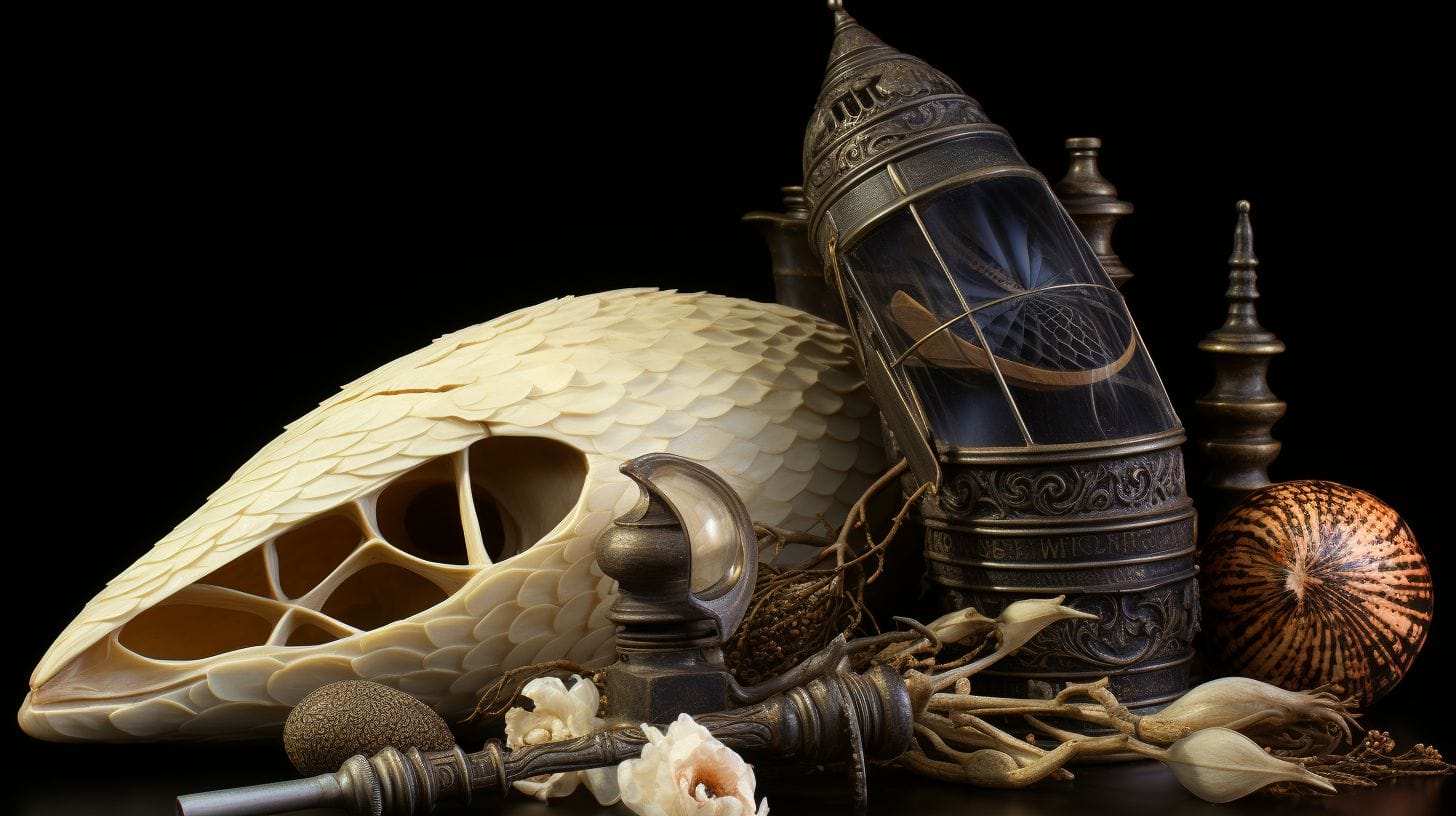What Are Cuttlebones Made Of: Decoding This Cage Essential
As bird enthusiasts, we find ourselves intrigued by the humble cuttlebone. This seemingly insignificant object is, in fact, a powerhouse of nutrition for our feathered friends. But what are cuttlebones made of, and why is it such a crucial part of a bird’s life?
In this article, we unravel the fascinating composition of cuttlebones, their impact on bird health, and give you a new perspective on what you might’ve previously seen as just another piece of cage furniture.
Key Takeaways
- Cuttlebones are the internal shell of a cuttlefish primarily made of calcium carbonate.
- They have a porous structure filled with gas, organic material, and water, covered by a layer of chitin for support and protection.
- Cuttlebones are a rich source of dietary calcium, which is crucial for bird’s bone health, feathers, muscle contraction, nerve transmission, and beak health.
- In addition to being a cage essential for birds, cuttlebones have other uses such as teaching aids, crafting and jewelry making, and as a calcium supplement for other pets like hermit crabs, snails, and turtles.
Introduction to Cuttlebones for Bird Owners
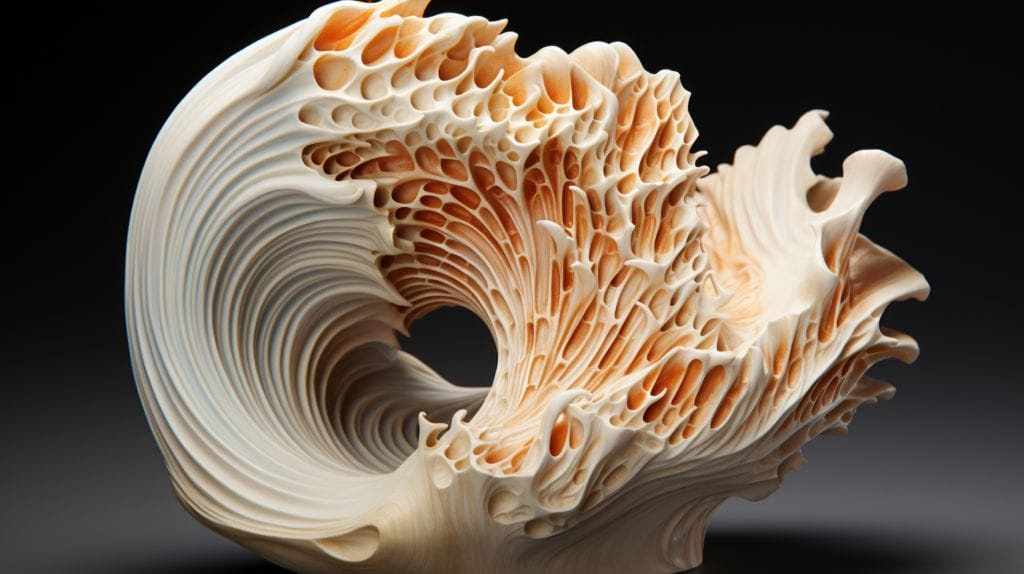
As bird owners, understanding what a cuttlebone is and why it’s a crucial addition to our feathered friends’ cages is essential. Cuttlebones are commonly found inside bird cages everywhere, offering not only a fun toy for our pets to play with but also a vital source of calcium.
These odd-shaped objects are the internal shell of the cuttlefish, a close relative of the squid and octopus. Cuttlefish, despite their name, aren’t fish but mollusks. Their unique internal shell is filled with gas and helps them control their buoyancy in the water. When a cuttlefish dies, this internal shell often washes up on the shore and ends up in pet stores, ready to serve as a fun and beneficial addition to our pet birds’ habitats.
Cuttlebones play a key role in keeping our birds healthy. They’re an excellent source of calcium, a mineral that’s crucial for bone health. Birds, especially those laying eggs, need extra calcium in their diet. By pecking at a cuttlebone, they can satisfy this nutritional need.
But it’s not just about nutrition. Cuttlebones also provide a way for birds to entertain themselves. They can play, peck, and scratch at the cuttlebone, which helps keep their beaks sharp and in good condition.
Revealing the Internal Structure: What are Cuttlebones made of?
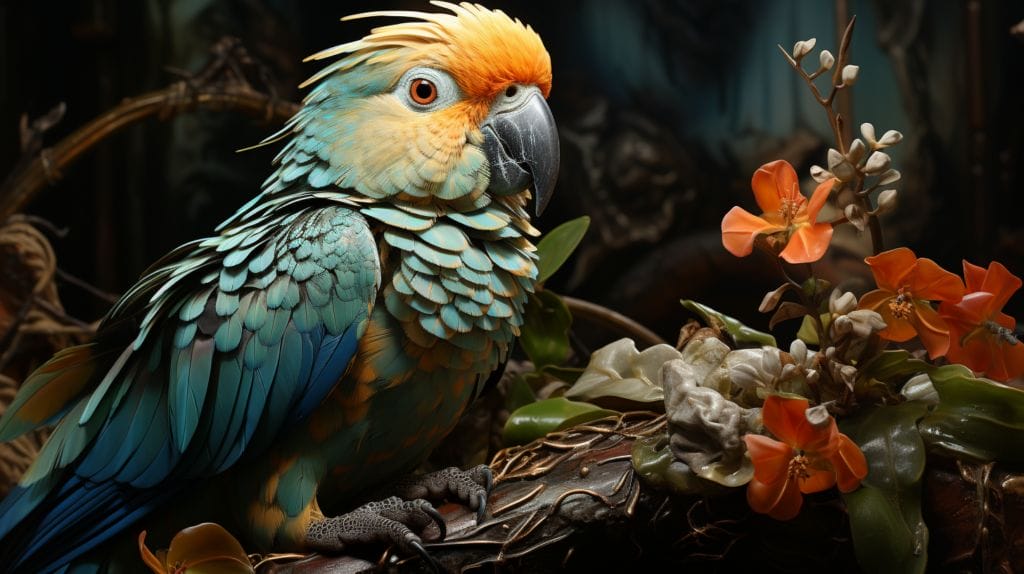
Now that we’ve covered the benefits of cuttlebones to our pet birds, let’s unravel the mystery of what these cage essentials are actually made of.
The internal structure of a cuttlebone is fascinating, proving nature’s engineering to be truly remarkable. Cuttlebones are the internal shell of a cuttlefish, a relative of squid and octopuses. They’re light, yet strong, and have a unique structure that makes them an ideal cage essential. Let’s decode what they’re made of:
- Calcium Carbonate: The primary component of cuttlebone is calcium carbonate. It forms about 85% of the cuttlebone, providing an excellent source of calcium for birds.
- Porous Chambers: The internal structure of the cuttlebone involves a series of tiny, interconnected chambers. These chambers are filled with gas, enabling the cuttlefish to control its buoyancy.
- Organic Material and Water: The rest of the cuttlebone consists of organic material and a small amount of water. These elements contribute to the overall structure and strength of the cuttlebone.
- Chitin: A layer of chitin, a long-chain polymer, covers the cuttlebone. This provides further support and protection.
While cuttlebones share some similarities with other shells and calcium sources, their unique internal structure sets them apart. They’re designed to withstand pressure changes, demonstrating incredible resilience. Decoding the cuttlebone reveals a marvel of natural design, delivering not just a source of nutrition, but a testament to the ingenuity of nature.
Spruce Your Pet’s Health: The Nutritional Benefits of Offering Cuttlebones to Your Birds

Diving into the nutritional powerhouse that cuttlebones represent, let’s explore how they can significantly spruce up your feathered friend’s health. Caged birds have specific dietary requirements, and one of the most vital minerals they need is calcium. That’s where cuttlebones come in.
Cuttlebones are a rich source of dietary calcium, which is crucial for the proper functioning of a bird’s body. This vital mineral contributes to the health of their bones and feathers, and plays a key role in vital functions such as muscle contraction and nerve transmission. However, bird feed often falls short of providing this much-needed mineral.
That’s why it’s smart to offer cuttlebone to our feathery companions. It provides the additional calcium that their diet might be lacking, helping to keep them strong and healthy. But the benefits don’t stop here. Cuttlebone also aids in the maintenance of a bird’s beak health. It offers a hard surface that birds can peck at, which helps to keep their beaks sharp and in good shape.
Best Practices for Introducing Cuttlebones in Your Parrot’s Cage
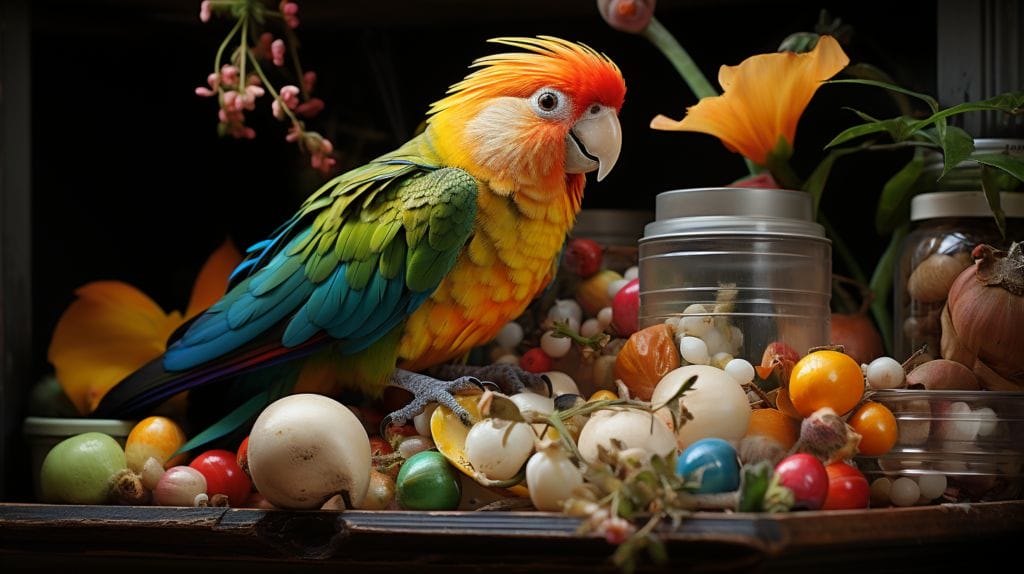
Before we delve into the right selection and placement of cuttlebones, it’s essential to understand how to properly introduce them into your parrot’s cage. This introduction process is crucial to ensure your parrot develops a positive association with the cuttlebone, encouraging them to use it.
- Slow and Steady: Start by putting the cuttlebone in the cage for short periods, gradually increasing the time it remains in the cage. This allows your parrot to get accustomed to its presence.
- Interactive Placement: Place the cuttlebone in a spot where your parrot usually plays or feeds. This increases the chance of your parrot interacting with it.
- Demonstrate: Parrots are intelligent and curious creatures. Show them how to use the cuttlebone by scraping it with a stick or another object. This can pique their interest and encourage them to do the same.
- Monitor and Adjust: Observe your parrot’s interaction with the cuttlebone. If they seem uninterested, try changing its location or attaching it in a different way.
Cuttlebones Beyond the Cage: Other Applications and Uses
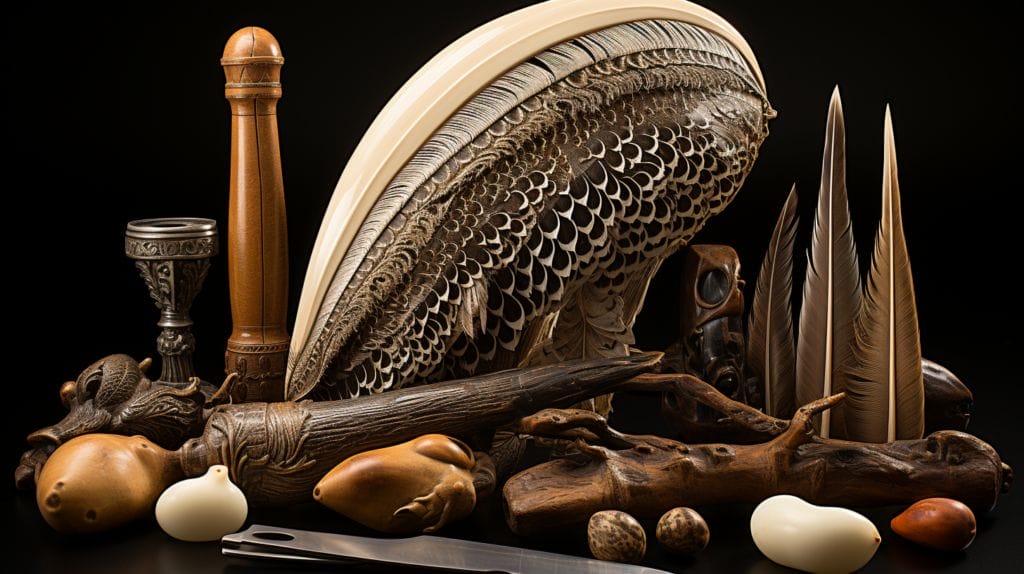
While we’ve primarily focused on cuttlebones as a vital addition to your parrot’s cage, they also offer a wealth of applications and uses beyond this setting, from educational tools to craft supplies and even pet supplements.
For instance, cuttlebones have found their place in the education sector. They are used as teaching aids to understand the anatomy of a cephalopod, specifically the cuttlefish, due to their rich aragonite composition. Cuttlebones also serve as an excellent craft material. Artists and jewelers have used cuttlebones for casting metal jewelry due to their ability to withstand high temperatures and create unique textures.
But it doesn’t stop there. Cuttlebones are also recommended as a calcium supplement for other pets like hermit crabs, snails, and turtles. They are an efficient and natural way to ensure your pets get the required minerals for their growth and development.
To summarize, let’s look at the table below:
| Application | Description |
|---|---|
| Education | Cuttlebones are used to teach about cephalopod anatomy. |
| Crafts and Jewelry | Cuttlebones serve as a mold for casting by jewelers. |
| Pet Supplements | Cuttlebones can be used as a source of calcium for various pets. |
Thus, cuttlebones offer a diverse range of uses beyond just a cage essential. They are a testament to the versatility of nature, providing a simple yet effective solution for a variety of purposes.
Is a Cuttlebone Safe for a Pet Mongoose to Chew On?
A cuttlebone is safe for a pet mongoose to chew on, providing essential minerals and helping to trim its teeth. However, it should be given in moderation to prevent overconsumption. While cuttlebones are beneficial, it’s important to weigh the pros and cons of having a mongoose as a pet before deciding to have one.
Conclusion
So, we’ve dived into the fascinating world of cuttlebones, its composition, nutritional benefits, and applications.
It’s clear cuttlebones are more than just a cage accessory. They’re a vital source of nutrients, a beak conditioner, and even a crafting material.
Let’s not forget to introduce this wonderful gift from the sea to our pet birds carefully. With cuttlebones, we’re not only sprucing up their cages, but also enhancing their overall well-being.
Frequently Asked Questions
What are cuttlebones made of?
Cuttlebones are composed of calcium-rich structures that belong to cuttlefish. They are lightweight, oblong, and gas-filled, making them an ideal way for birds, such as parrots, to get their necessary calcium intake.
Do I really need to provide my bird with a cuttlebone?
Cuttlebone is recommended for use in bird cages, especially for those housing parrots. It provides essential minerals and also serves as a means for birds to keep their beaks trimmed.
How can I use a cuttlebone for my bird?
As a bird owner, you can simply pour a small volume of liquid calcium or sprinkle crushed cuttlebone over your bird’s food. Alternatively, you can attach the cuttlebone to the bird’s cage for it to peck at and carve as needed.
What are the benefits of providing cuttlebone to my bird?
Cuttlebone provides a source of calcium that is essential for the formation and maintenance of healthy bones in birds. It also helps to keep their beaks in good condition.
Can I use cuttlebone for animals other than birds?
Cuttlebone can also be used for animals like chinchillas and reptiles, providing them with a calcium supplement and a material for gnawing.

